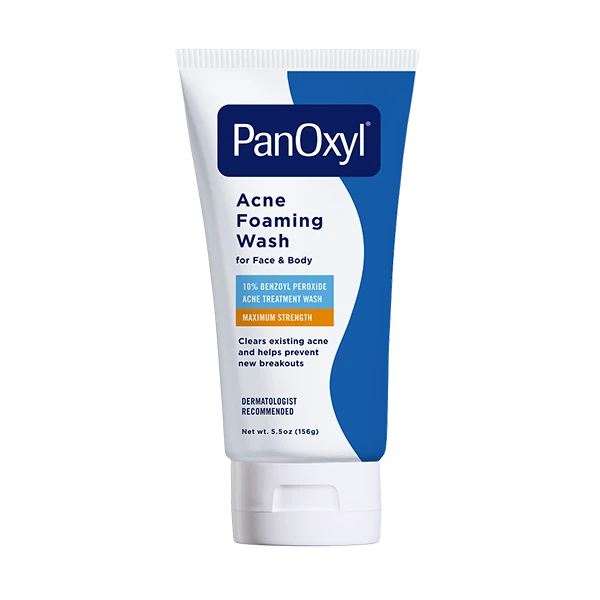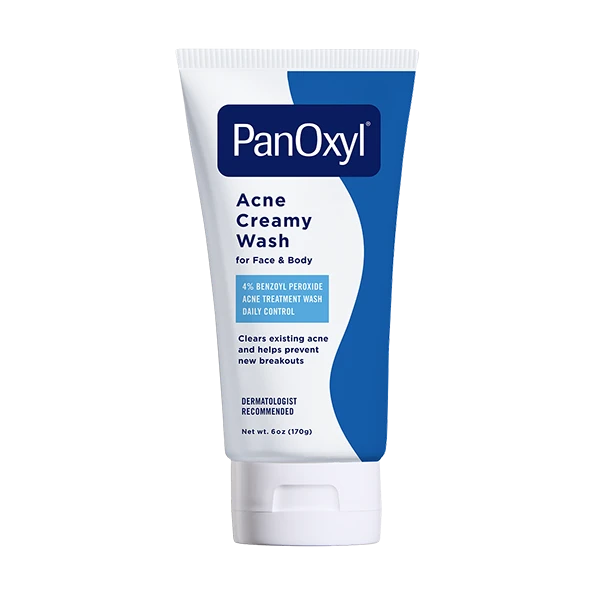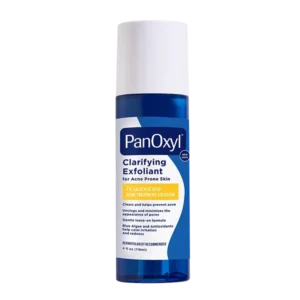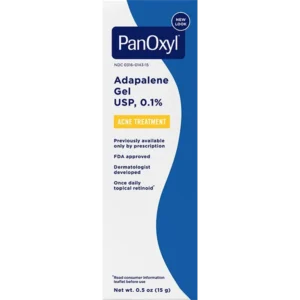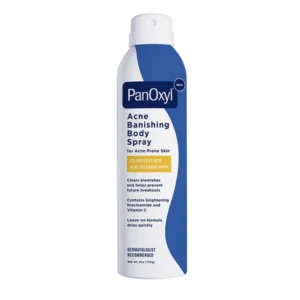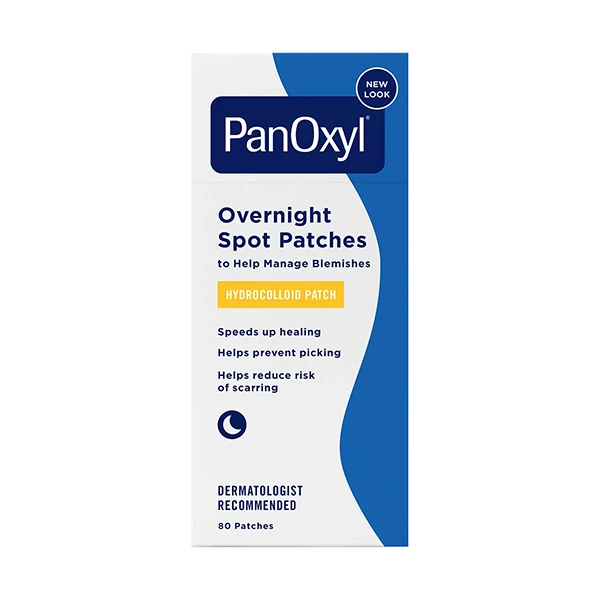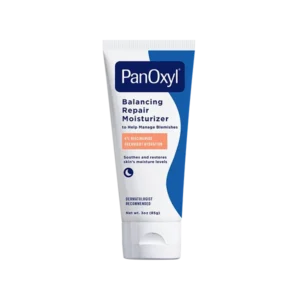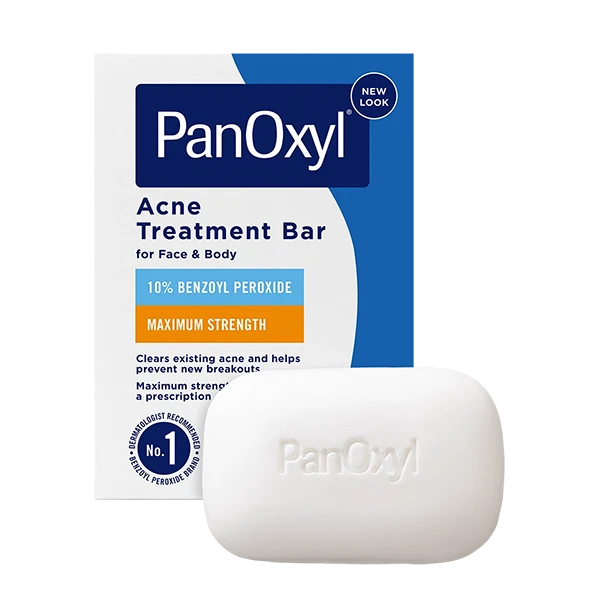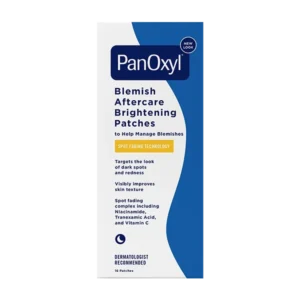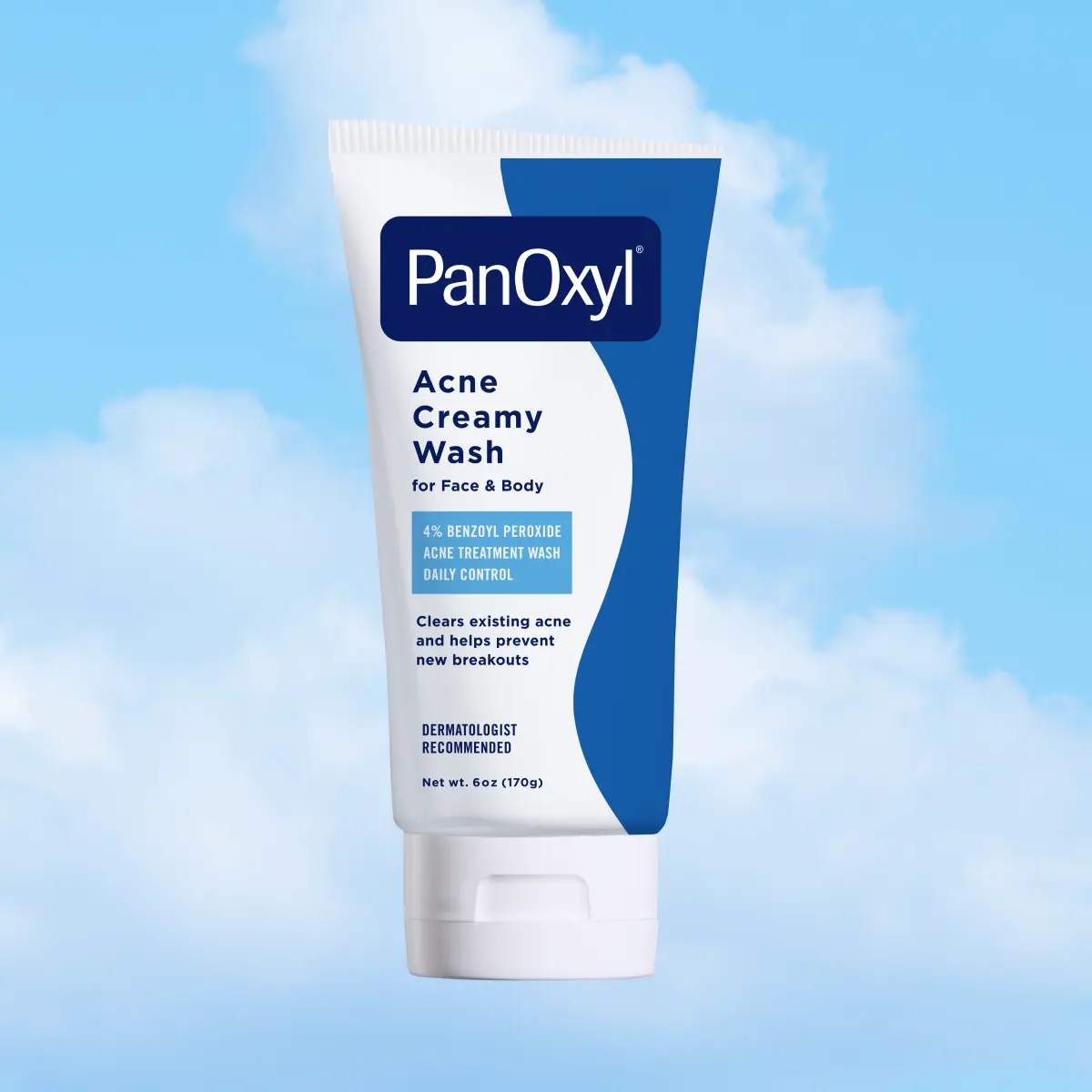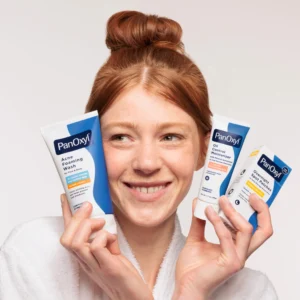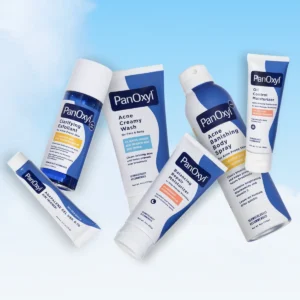Your skin is dry but also oily. Some places on your face feel greasy and other places feel as barren as the desert. Congratulations, you have combination skin.
It’s not always easy having combination skin. In a world clearly divided by dry skin, normal skin and oily skin, it can be hard to find products that fit your needs. We’ve got the details on which products you can use to help you build a combination skincare routine that will work for you.
What is Combination Skin?
Simply put, combination skin has traits of both dry skin and oily skin. Your skin is dry in some places and oily in others. Typically, your T-zone (forehead, nose and chin) are oily and your cheeks and jawline tend to be dry.
Knowing for sure that you have combination skin can be tricky. If you’re uncertain about it, here’s something that can help. Wash your face and don’t put on any products—no moisturizer, no sunscreen, no serums. You want to see your skin in its natural state.
About 20 to 30 minutes later hop in front of a mirror and really take a look at the areas of skin. Does your forehead feel greasy? Are the pores on your nose larger than that of the rest of your face and do those pores glisten in the light? Is your nose or chin shiny? Are your cheeks uncomfortable and mildly itchy like they need water to soothe them?
Other signs you have combination skin type are that you have breakouts on your chin, forehead, or nose while your cheeks are dry and flaky but have maybe only seen one or two pimples in their lifetime.
These are all signs of combination skin type. But why is this a thing? And can you change it?
What Causes Combination Skin?
Short answer is no, you can’t change your skin type. All skin types are heavily determined by a person’s genetics. But other factors like medicines, hormone changes, your environment and drastic changes in your diet can influence your skin type.
How to Care for Combination Skin
As you take a look at your skin, remember your skin is uniquely yours. You may have similarities to other people with combination skin, but everyone should come up with a routine that works best for them.
The key is to balance your dry skin needs with your oily skin needs. Easier said than done, right? This can mean some trial and error with skincare products, but there are some guidelines that can help you find your way and get started. Use the below tips as a starting point and then customize from there as you continue your research.
Stay Away From Harsh Chemicals and Smells
The dry areas of your face can be sensitive, so stay away from fragrances and harsh chemicals. Before trying a new product on your face, do a spot test. You can do this by putting a little dab of the product onto the inside of your elbow and then monitoring for any irritation. Before doing this, make sure your skin is clean and that there are no other products on it.
Face Wash
When you go down the skincare aisle you’re most likely going to see bottles or tubes that say for Dry Skin and for Oily Skin. Some may not say anything at all or they may say for Normal Skin.
Stay on the gentle side when selecting a face wash. Too harsh of a wash will strip needed oils from the skin, resulting in oil-production overdrive.
If your skin is mostly oily, stay away from hydrating cleansers as these could contain heavy moisturizers than can make oily skin worse.
If you want a face wash that has actives that can help address oily, acne-prone skin, our PanOxyl Acne Creamy Wash with 4% Benzoyl peroxide cleans skin and removes excess oils from pores to help prevent breakouts. You can also double cleanse and use a gentle wash first on your entire face. Then you can go back and use our 4% Acne Creamy Wash only on the areas of your face that are oily.
Use a Toner for Balance
Another product that can help bring balance to your skin is a toner. You can use a toner after your cleanser and right before your moisturizer.
A toner can help restore your skin to its proper pH balance. You’ll want to grab a toner that hydrates dry skin but also reduces pockets of oil.
A toner with Alpha Hydroxy Acids (AHAs) or Beta Hydroxy Acids (BHAs) can help remove excess oils, however, only use these on your problem areas as these can be harsh on the dry parts of your face.
Avoid toners that contain alcohol. While this ingredient is great for removing excess oils, it can be a little harsh and strip away the skin doing more harm than good.
A toner goes a long way, so start small when applying it. Most toners can be applied with your hands—no tools needed. Start by rubbing the toner into your T-zone and work outwards.
You Must Moisturize
When noticing any oil on the face, some people are afraid to use moisturizer for the fear that it’ll produce more oil and acne. No matter your skin type, it’s important to moisturize, but you’ll need to find the right one for you.
Stay away from the heavy creams. They often contain oils such as Petrolatum that can clog pores. They also tend to be greasy making a bad situation worse.
Find a moisturizer that is water-based and oil-free or non-comedogenic. Keep an eye out for products with hyaluronic acid as this is a great hydrator that is not oily. A moisturizer that also has sunscreen is a major plus. This will hydrate your skin while also protecting it from UV rays. You may not notice sun damage now, but you’ll definitely see the results down the road.
The Occasional Exfoliation
Cleansing, toning, and moisturizing should be daily habits. Exfoliating your skin is a good occasional addition to throw into the mix. There’s no set minimum or maximum to exfoliating so you’ll have to see what works best for you. Start by exfoliating once or twice a week and then increase if needed.
Exfoliating helps remove dead skin cells that can block pores. Exfoliating also reveals newer, healthier skin. You’ll instantly notice how much smoother your skin feels after exfoliating, and your face will appear less dull.
Physical exfoliators are not recommended on the skin as these can tear and irritate your pores. However, chemical exfoliation with Alpha Hydroxy Acids (AHAs) or Beta Hydroxy Acids (BHAs) is a gentle way to get the same results. These can dry out the skin, so use sparingly and always moisturize afterward.
Stick with it
The most important thing you can do for your skin is to stick with a routine. Wash your face and moisturize every morning and every night. Persistence is key and so is cleanliness. A fresh face in the morning and a clean one at night will help you get the best results out of your skincare products.
Be consistent with your products, too. Using a different cleanser or a different moisturizer every other day can confuse your skin and confuse you about what is working and what isn’t. Unless something absolutely isn’t working for you or is irritating your skin, try to stick with the same products for at least a couple of weeks. Then if a product isn’t giving you the results you want move on.
Chat With a Professional
Despite these tips and all of the information on world wide web, you may still be scratching your head. Or you may have tried several products and still can’t find what works for you. That’s okay. Skincare is not a one size fits all. Dermatologists rock at their jobs and can help you determine your skin type and the best products for combination skin to give you clear, healthy skin..
A professional dermatologist will be able to give you customized advice for your skin. They’re also able to pinpoint trouble areas you haven’t been previously noticing.
Before going into your meeting with the dermatologist, make a note of issues you’ve been experiencing. You’ll also need to make a list of products you’re currently using in your skin routine. They’ll suggest edits to your process.
Remember you may not notice results immediately in the case of a dermatologist-recommended skin routine. Don’t be discouraged. Consistency is key!
Taking Care of Combination Skin
Feeling confident in your skin is important. Finding products that help you balance your combination skin type is key.
For awesome products to help you maintain clear skin, check out our full line of acne products. Our Acne Creamy Wash is dermatologist recommended and uses the power of benzoyl peroxide to clean pores and prevent breakouts. This creamy wash is pH balanced and can be used on the face and the body.
To help speed up healing blemishes and reduce the risk of scarring, turn to our Overnight Spot Patches. These hydrocolloid dots cover and protect blemishes to help prevent picking while also providing a moist environment to encourage healing.
